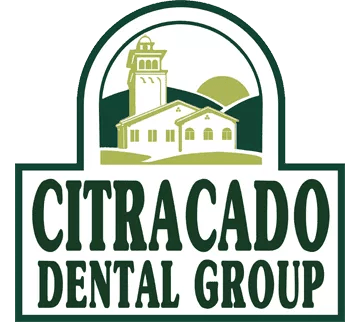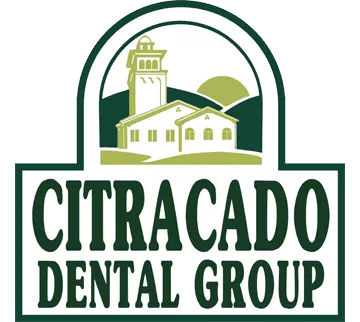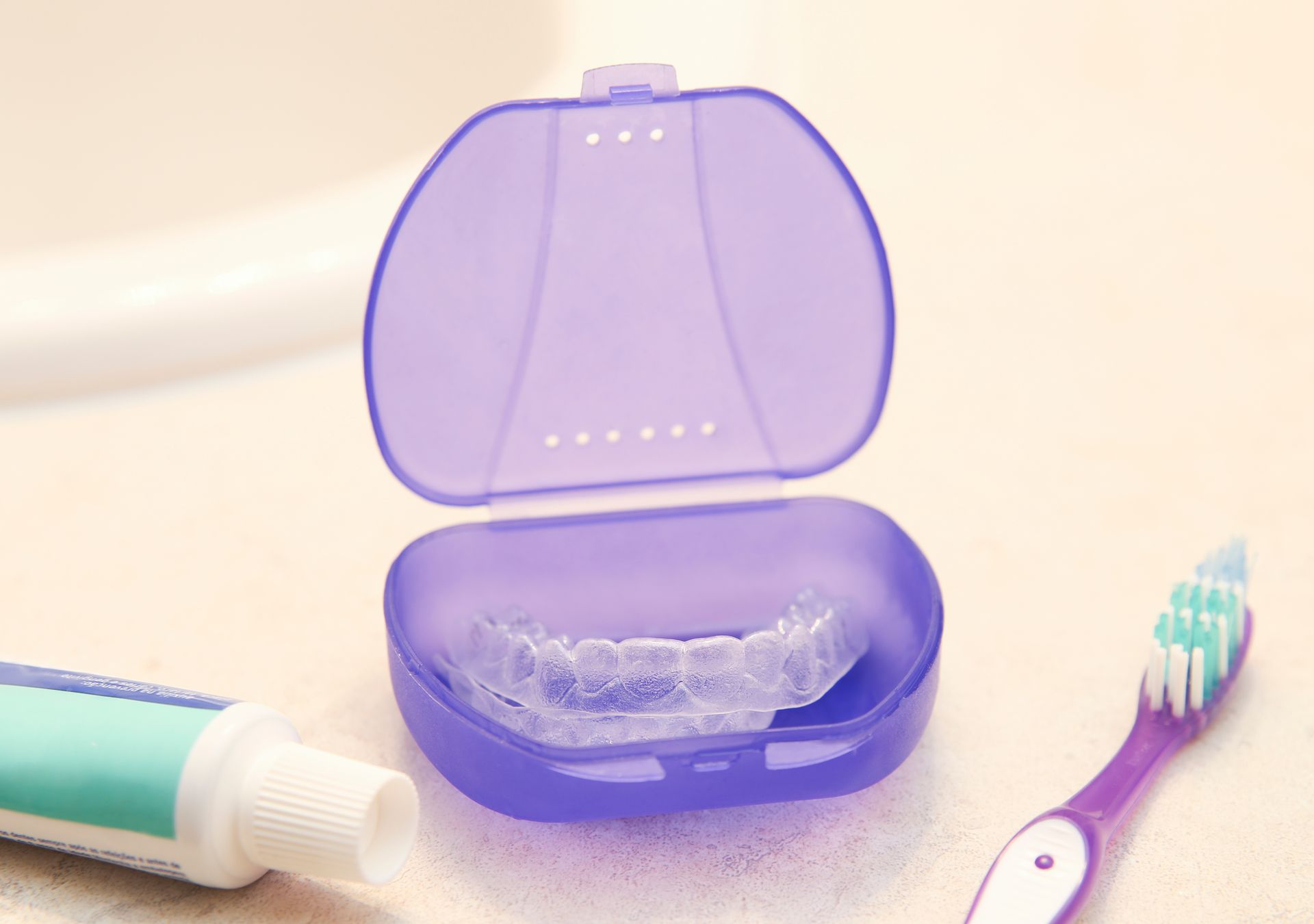CALL/TEXT US (760) 489-5545
BEYOND X-RAYS: HOW 3D ORAL SCANS ENHANCE DENTAL CARE

During a regular visit to the dentist, you are likely to have a routine X-ray image made of one or more of your jaws.
Using a ping of radiation, these black and white pictures depict teeth, bones and soft tissues — but they have limitations since they are only 2-dimensional images of a 3-dimensional space.
As an alternative, cone beam computed tomography (CBCT) is a fast and painless process that captures a deeper, more detailed scan of the inner workings of the mouth and surrounding areas.
Benefits of 3D Oral Scanning
Using 10 times less radiation than conventional X-rays, CBCT also produces fuller imagery of the jaw, sinuses and other facial structural features that dentists navigate during most dental procedures. With clearer information of the patient’s mouth, dentists can determine the precise size of an implant, for example, creating the perfect crown to fit on it afterwards. With proper implant size and position planning, damage to any nerves or sinuses can be avoided.
As you can see, the precision of this advanced dental imaging technology is a powerful tool. Its advanced prognosis performance lets dentists accurately measure bone depth and width, which is vital data for dental implant candidates. The images also guide decisions on the need for root canals and can also accurately gauge the extent of root fractures.
As one would expect, the perspective of three dimensions enhances oral care investigation. For example, the technology can pinpoint jaw pathologies, including tumors and bone inflammation. It can also assess issues related to sleep apnea and uncover other dental ailments or complications deep inside teeth, roots and tissue.
For your next visit, consider the benefits of 3D oral scanning, a technology that provides a more comprehensive snapshot of what’s happening inside your mouth. Sometimes, routine X-rays do not go far enough. For a fast, reliable and clearer look into the state of your dental health, CBCT is enhanced dental care that leads to healthier smiles.
QUICK MENU
RECENT POSTS

ARCHIVES
CATEGORIES
EXPLORE YOUR DENTAL HOME IN ESCONDIDO!
CALL/TEXT:
760.489.5545
EMAIL:
edith@citracadodental.com
HOURS
Mon: 8:00 a.m. - 5:00 p.m.
Tue: 8:00 a.m. - 5:00 p.m.
Wed: 9:00 a.m. - 7:00 p.m.
Thu: 8:00 a.m. - 5:00 p.m.
Fri: 8:00 a.m. - 5:00 p.m.
Sat: 8:00 a.m. - 12:00 p.m.
Sunday Closed





